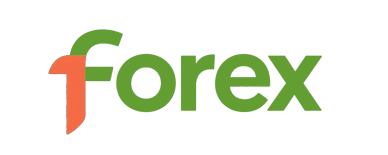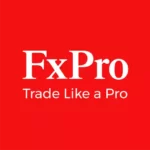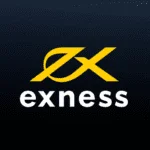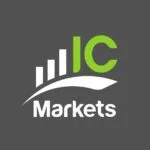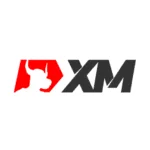What are the Forex trading platforms? A comprehensive analysis makes it easy for you to choose the right platform
Driven by global economic integration, foreign exchange trading has gradually become an important way for investors to chase wealth. Whether individual or institutional investors, the forex market attracts countless participants with its high liquidity and 24-hour trading characteristics. In the face of many foreign exchange trading platforms, how to choose a suitable platform has become the primary problem facing investors.

We need to understand what a forex trading platform is. Foreign exchange trading platforms are the bridge between investors and the foreign exchange market, through which investors can trade currency pairs, precious metals, CFD (contracts for difference) and other financial derivatives. At present, there are many kinds of foreign exchange trading platforms on the market, including MetaTrader4(MT4), MetaTrader5(MT5), TradingView, OANDA, FXTM, etc. Each platform has its own unique features and features that suit the needs of different traders.
For novice investors, it is especially important to choose a platform that is easy to get started and fully functional. MetaTrader4(MT4) is one of the most popular forex trading platforms in the world. It supports a multi-language interface, is simple and intuitive, and is suitable for beginners. MT4 also provides a wealth of technical indicators and trading tools to help investors make technical analysis and trading decisions. MetaTrader5(MT5) is an upgraded version of MT4, adding more advanced features, such as multi-time frame trading and more powerful automated trading functions, suitable for investors with some experience.
In addition to the MetaTrader series, TradingView is also a highly respected forex trading platform. TradingView is known for its powerful chart analysis capabilities and rich market data, supporting real-time quotes and historical data queries from multiple exchanges around the world. For investors who focus on technical analysis, TradingView is undoubtedly an ideal choice. The TradingView also offers social trading features where investors can interact with other traders and share trading strategies and experiences.
OANDA and FXTM are also well-known forex trading platforms in the market. OANDA is known for its high transparency and low transaction costs, and is suitable for investors who focus on transaction costs and capital efficiency. FXTM, on the other hand, is popular for its variety of trading instruments and flexible account types, where both novice and experienced traders can find their own way of trading.
When choosing a foreign exchange trading platform, investors need to consider a number of factors, including the security of the platform, trading varieties, transaction costs, user interface, educational resources and customer support. Security is the primary consideration when choosing a forex trading platform. Investors need to ensure that the platform has a legal financial license and is supervised by the relevant financial regulatory agencies to ensure the safety of funds. For example, the FCA (Financial Conduct Authority) and the NFA (Commodity Futures Trading Commission) are the world's more authoritative financial regulators, and choosing a platform regulated by these institutions can greatly reduce investment risk.
The richness of trading varieties is also the focus of investors. Different trading platforms provide different types of transactions. Some platforms mainly focus on foreign exchange trading, while others provide trading of a variety of financial products including stocks, gold, and crude oil. Investors need to choose a platform that meets their needs based on their trading strategy and investment objectives. For example, MetaTrader4 and MetaTrader5 support a variety of trading instruments, including foreign exchange, precious metals, indices and energy, and are suitable for diversified traders.
Transaction fees are also one of the important factors that investors need to consider. Different platforms vary in transaction fees, with some charging a fixed spread fee, while others charge a commission fee. Investors need to choose a platform with reasonable and transparent fees based on their trading frequency and trading volume. For example, OANDA is favored by investors for its low spreads and no commission fees, and is particularly suitable for high-frequency traders.
The user interface and educational resources are also factors that cannot be ignored when choosing a forex trading platform. A friendly and intuitive user interface can help investors trade more efficiently, while a wealth of educational resources can provide investors with opportunities to learn and improve. For example, MetaTrader4 and MetaTrader5 provide a wealth of educational resources, including trading tutorials, strategy guides, and technical analysis tools to help investors improve their trading skills.
Choosing a foreign exchange trading platform that suits you requires comprehensive consideration of multiple factors, including security, trading varieties, transaction costs, user interface, educational resources, and customer support. Through in-depth understanding of the characteristics and advantages of different platforms, investors can find an ideal platform that can not only meet their own needs, but also ensure the safety of funds. I hope this article can provide valuable reference for your choice and help you succeed in the foreign exchange market.
